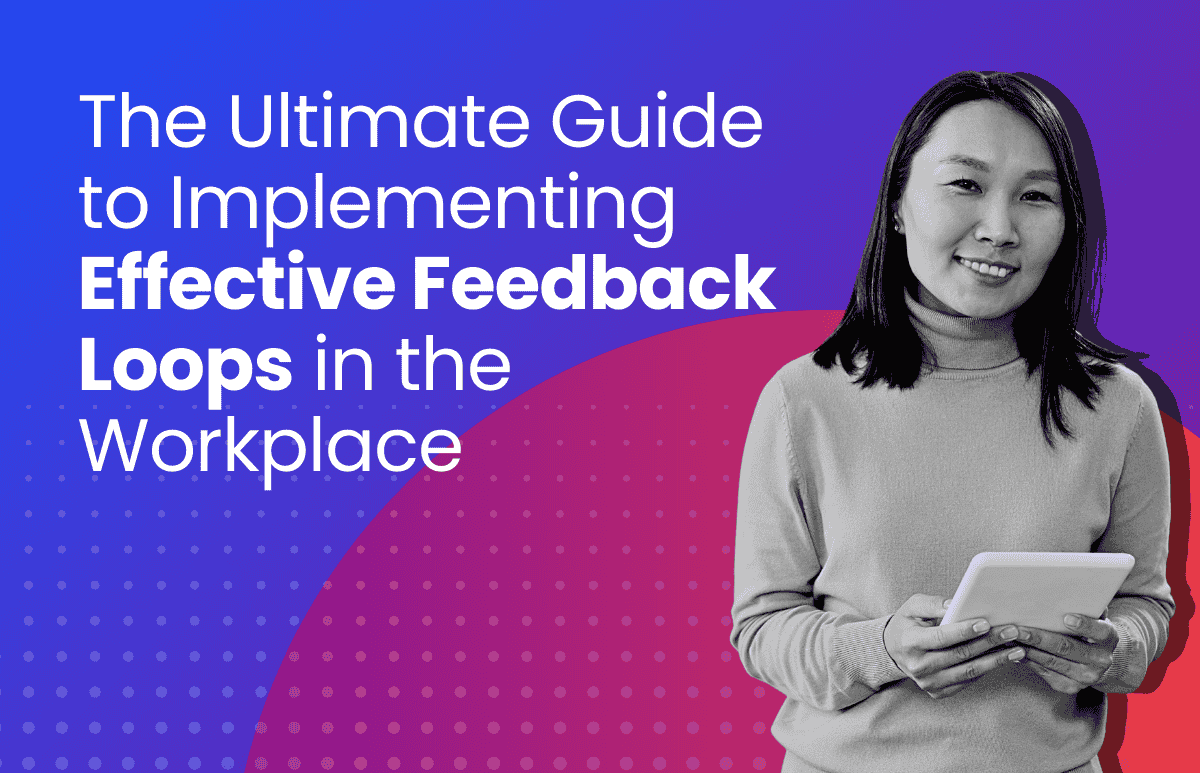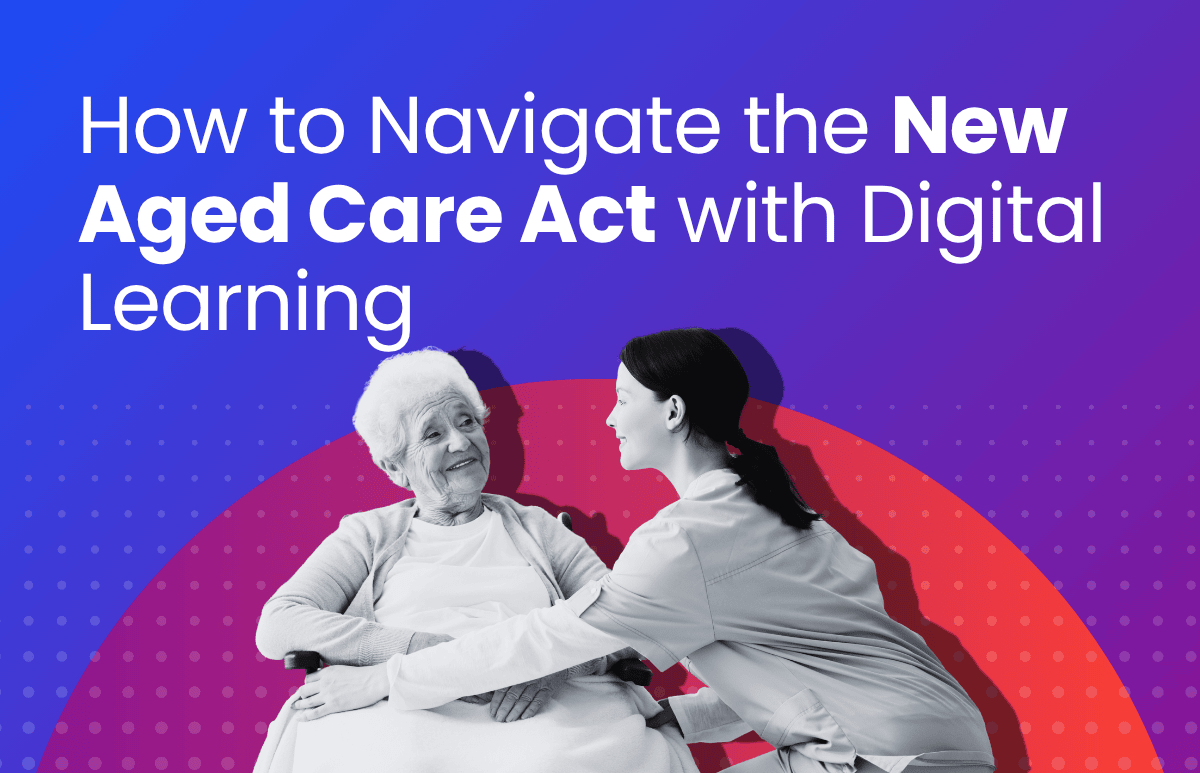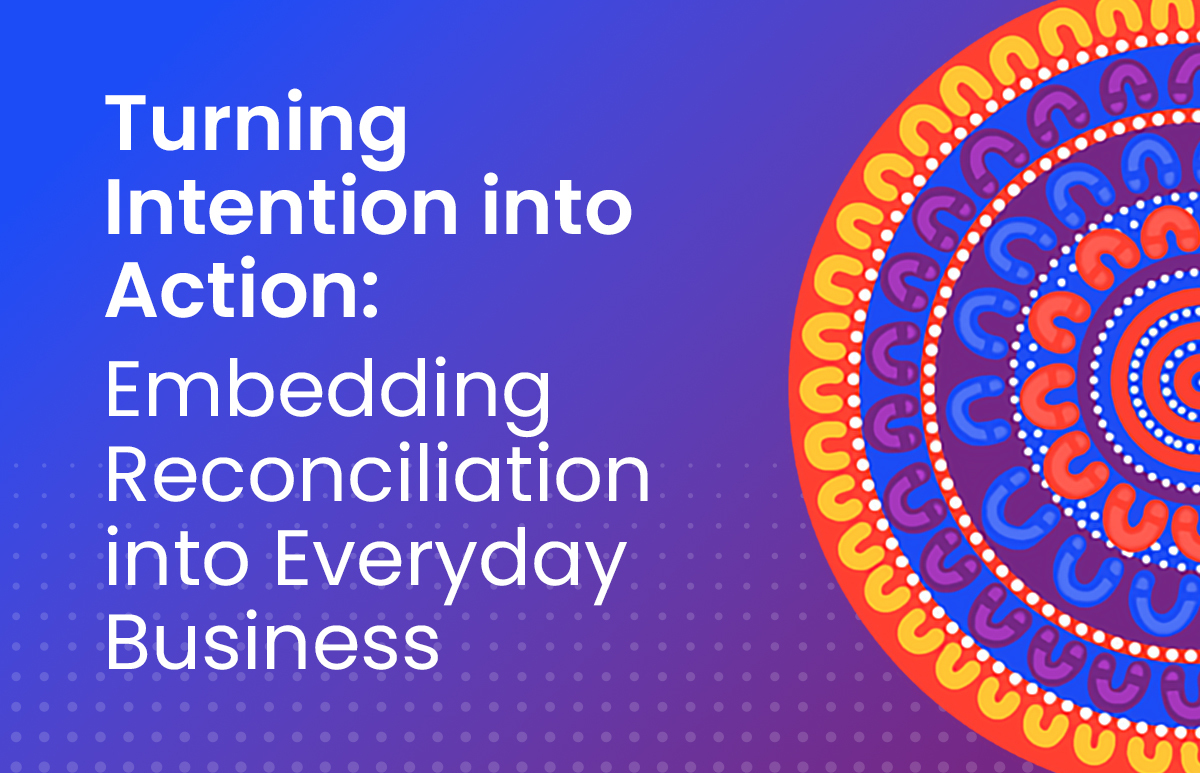Enhance Business Success with Effective Employee Onboarding Process
The employee onboarding process is a critical time for new hires.
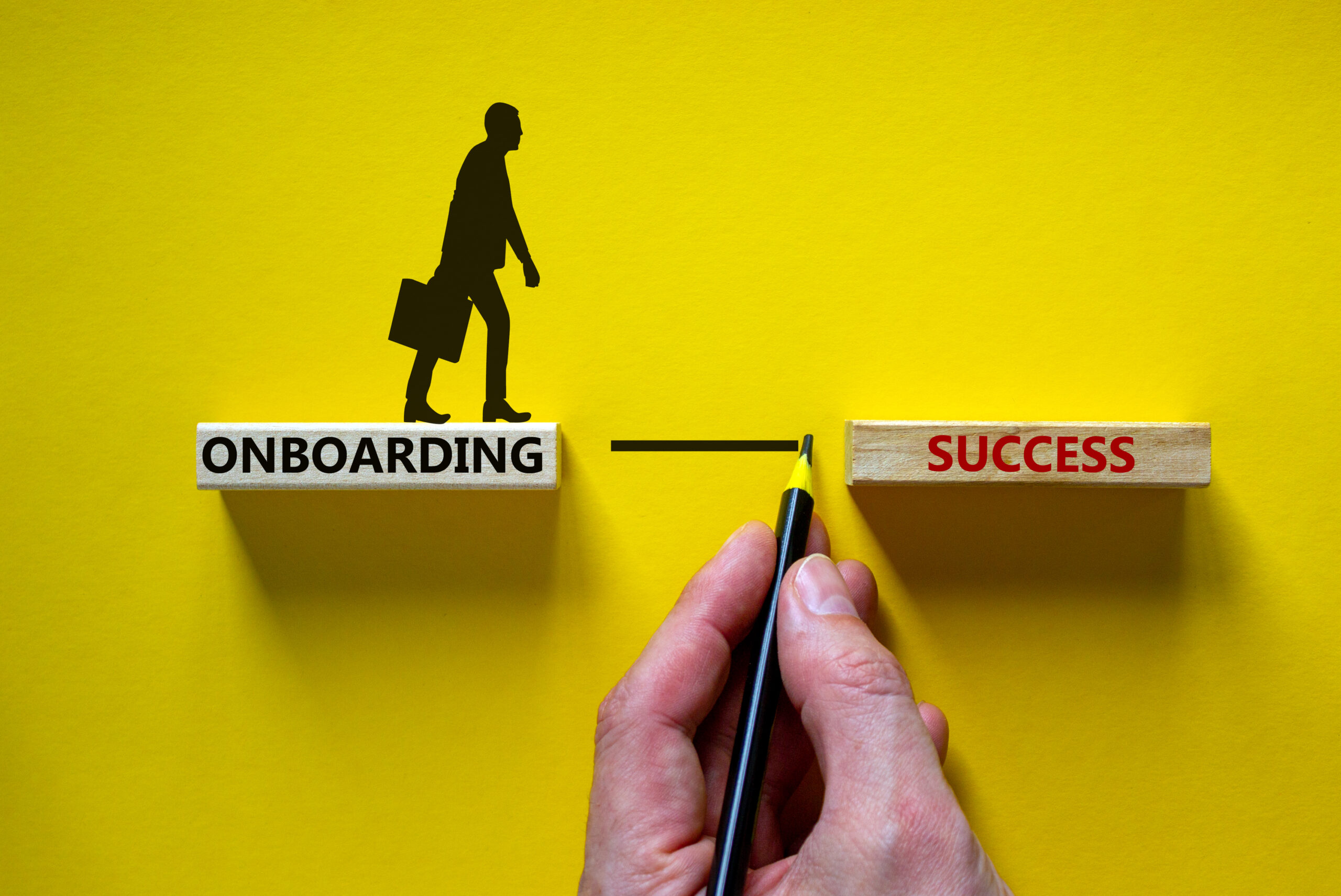
A well-organised onboarding plan helps new staff succeed and aligns them with the company’s culture and values from day one. It also helps improve time to productivity immensely. However many businesses fail to implement effective onboarding programs.

This article looks at what a complete employee onboarding process is, and how it can benefit your organisation. Getting your new hires set up and productive, faster, has wide-spread benefits. We’ve also got some tips and best practices for you to create an effective onboarding program.
Why is employee onboarding important?
Effective employee onboarding can positively impact an organisation in several ways. Here are some of the key benefits of a complete employee onboarding process:
Benefits for employers
- Improved employee retention – Proper onboarding directly correlates to higher talent retention.
- Faster proficiency – With proper onboarding, new hires reach full productivity 50% faster. They have the tools and knowledge to ramp up quickly.
- Stronger company culture – Onboarding establishes company culture from day one. It socialises employees into our company values and ways of working.
- Improves employee engagement – Employees who feel invested in and prepared are more motivated and satisfied at work.
- Cost savings – Replacing an employee can cost 30-50% of their annual salary. Effective onboarding that retains talent saves on recruitment costs and lost productivity costs.
Benefits for employees
- Role clarity – Employees understand their roles and responsibilities from their first day. This enables focus.
- Cultural fit – Employees learn company culture early to determine if it’s a good fit for their values and work style.
- Increased employee engagement – Employees feel valued from the start through welcome rituals and onboarding interactions.
- Employee productivity – With all the tools and training needed, employees hit the ground running. This creates a sense of competency and increases employee performance.
- Confidence – It is clear what is expected of them, leading to employees gaining confidence in their roles and responsibilities.
- Connection – Onboarding introduces employees socially. Coworker relationships foster a sense of belonging.
The complete employee onboarding process
The way companies introduce new employees can be different, but there are important steps that should be part of the process. These steps are:
Employee pre-boarding
Pre-boarding is the period between when a candidate accepts a job offer and their first day of work. This step is crucial as it impacts their overall perception of the company.
The HR team welcomes new employees by email, providing company information and collecting important documents.
Employee orientation
Orientation is typically the first day of work for a new employee. It is an opportunity to introduce them to the organisation, its culture, and their team members. This is also a good time to provide them with an overview of their role, responsibilities, and expectations.
Training and development
Training and development are crucial components of the onboarding process. This can include both formal training sessions and on-the-job training. The goal is to provide new employees with the necessary skills and knowledge to perform their job effectively.
Mentorship and buddy programs
Mentorship and buddy programs can be beneficial for new employees, especially if they are joining a large organisation. These programs connect new employees with experienced team members to give them guidance, and support, and answer their questions.
Ongoing support and feedback
The onboarding process should not end after the first week or month. Ongoing support and feedback are crucial for new employees to feel connected and engaged with the organisation. This can include regular check-ins with their manager, opportunities for feedback, and access to resources and training.
Onboarding best practices
Now that we have discussed the key steps in the employee onboarding process, here are some effective onboarding tips:
Start pre-boarding before the first day
Pre-boarding is the period between the offer acceptance and the first day of work. This is a great chance to make a good first impression and get the new employee excited and looking forward to their new job.
Pre-boarding can help new hires feel less anxious and uncertain, and it can also prepare them for their first day.
Some of the pre-boarding activities you can do include:
- Sending a welcome email or letter that confirms the start date, time, location, dress code, agenda, and contact person
- Providing access to relevant information and resources, such as company policies, employee handbooks, organisational charts, etc.
- Assigning a buddy or mentor who can answer questions and offer support
- Inviting the new hire to join social media groups or online platforms where they can connect with other employees
- Sending a welcome pack or gift that showcases your company brand and culture
- Set up their workstation, email, and access credentials so everything’s ready on arrival.
- Create an onboarding schedule for the first week.
Create a comprehensive orientation plan for onboarding new hires
Orientation is the beginning of a new job when you learn about your company, team, role, and workplace. It’s an important time to make sure the new employee feels welcome, valued, and informed.
Some of the orientation activities you can do include:
- Giving a tour of the office or workplace
- Get their desk or office ready. Include their ID badge, passwords, building directions, and any other important things.
- Arranging a nice lunch out with co-workers
- Sending out a company-wide email that introduces the new employee
- Giving a first-day gift or card that expresses your appreciation
- Providing an overview of the company’s history, vision, mission, values, culture, goals, and achievements
- Explaining the expectations, responsibilities, and objectives of their role
- Outlining the employee development plan for their role
- Reviewing the performance management and feedback system
- Discussing the benefits and perks offered by the company
Tailored onboarding experience
Every employee is unique and has different needs, preferences, learning styles, and motivations. Therefore, it is important to tailor the onboarding experience to suit each employee’s personality and situation. Tailoring onboarding can help increase engagement, satisfaction, and retention among your new hires.
Some of the ways you can customise onboarding include:
- Conducting a pre-onboarding survey or assessment that asks about their goals, interests, strengths, weaknesses, challenges, and concerns
- Creating a customised learning plan that matches their skill level, learning style, and pace
- Offering different modes of learning, such as online, classroom style, self-paced, or blended
- Tailor your feedback, coaching, and mentoring to each employee’s needs and progress.
- Asking for their feedback and suggestions on how to improve the onboarding process
Foster a positive and inclusive onboarding culture
Culture is the shared values, beliefs, norms, and behaviours that define how people work together in an organisation. A key factor that influences employee engagement, performance, and retention. It is important to create an inclusive workplace for the new employees to feel comfortable, respected, and valued.
Some of the ways you can foster a positive and inclusive culture include:
- Communicating your core values and behaviours clearly and consistently
- Encouraging collaboration, teamwork, and social interaction among employees
- Promoting diversity, equity, and inclusion in your policies, practices, and programs
- Providing opportunities for learning, growth, and personal development for all employees
- Supporting employee wellbeing, work-life balance, and flexibility
- Celebrating successes, achievements, and milestones as a team
- Soliciting feedback, input, and ideas from employees
- Addressing issues, conflicts, and concerns promptly and fairly
Onboard remote employees
Onboarding employees working remotely presents unique challenges. Here are some best practices:
- Send welcome package with company swag
- Schedule regular video calls for the first weeks
- Pair new hire with a peer buddy
- Create opportunities for social interactions
- Be clear on expectations and processes
- Check in frequently for feedback
HR teams can help remote employees feel supported, engaged, and ready to succeed by emphasising connection and communication.
Use technology
Technology can play a significant role in the onboarding process. It can make administrative tasks simpler, provide new employees with training and resources, and improve communication among team members.
Consider using an onboarding software or platform to make the process more efficient and effective.
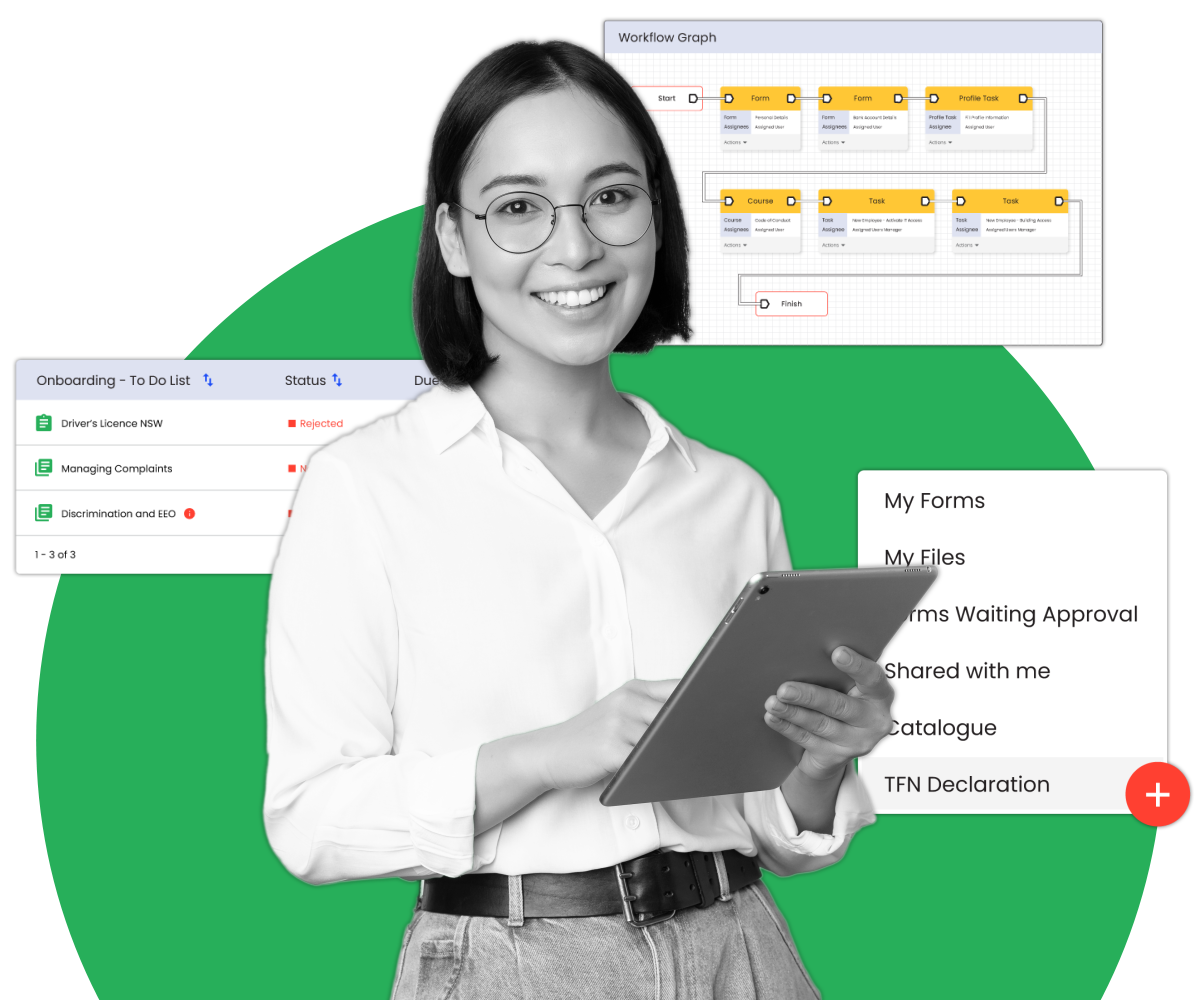
Measure employee onboarding ROI
It is essential to measure the return on investment (ROI) of your onboarding program. This can help you identify areas for improvement and ensure that your program is delivering the desired results. Consider using an employee onboarding ROI calculator to track the success of your program.
What are some employee onboarding challenges?
Integrating new employees and preparing them for success is important, but there are common problems with the process. Understanding these challenges is the first step to creating an effective onboarding program. Recent research on Australian organisations reveals the most prevalent issues.
- One major onboarding challenge is information overload on day one – Imagine starting a new job and getting bombarded with policies, procedures, introductions and more. It’s impossible to absorb everything at once. Staggering information delivery helps new hires digest key details without being overwhelmed.
- Unclear roles and expectations also derail onboarding – Nearly one-third of Australian organisations reported this issue in a 2020 survey. Without defined responsibilities, recruits struggle to be productive.
- Transitioning to remote work introduces further obstacles – Onboarding remote employees demands thoughtful digital systems like video tutorials, chat platforms and knowledge bases. Creating connections and collaboration opportunities from afar takes intention too.
- Lacking technology and equipment impedes onboarding – Providing the necessary tools shows you value your people and want to set them up for excellence. Evaluate needs for hardware, software access, email, and stationery and strive for ergonomic devices.
- Many organisations have ad hoc onboarding without a formal structure – Inconsistent processes cause confusion and important details to slip through the cracks. Developing streamlined, thorough onboarding frameworks is essential. Include pre-boarding, orientation, 30-60-90 day plans, milestones, feedback loops and beyond.
With careful preparation, forethought and empathy, HR leaders can tackle these common challenges. Onboarding is a journey, not a one-time event. By always improving the experience based on data and feedback creates positive employee experiences. Investing in people generates immense returns.
Real-world examples of successful onboarding programs
Here are some examples of companies that have implemented successful onboarding programs:
Google is known for its innovative and employee-friendly culture, and its onboarding program is no exception. New employees are assigned a “buddy” who helps them navigate their first few weeks at the company. They are also provided with a customised onboarding portal that includes training, resources, and information about the company.
Airbnb
Airbnb’s onboarding program is designed to immerse new employees in the company’s culture and values. They are provided with a “Welcome to Airbnb” guide that includes information about the company’s history, values, and culture. New employees are also assigned a mentor who helps them navigate their first few months at the company.
Who handles employee onboarding?
Onboarding is a team effort requiring collaboration across departments. While HR leads the process, managers and colleagues play critical roles too. Clarifying onboarding responsibilities ensures seamless support for new hires. HR owns onboarding framework creation, pre-boarding, orientation and program management. They handle logistics like equipment, system access and paperwork. HR also equips hiring managers and provides onboarding resources. Managers lead hands-on training and daily guidance. They manage work assignments, set expectations and give regular feedback. Managers introduce new employees to the team and facilitate relationship building. Colleagues participate in onboarding by welcoming new hires, answering questions and serving as peer resources. A buddy program pairs recruits with experienced team members for additional support.
Onboarding succeeds when all stakeholders work together. HR enables the infrastructure while managers and onboarding team members provide the human connection. Ongoing communication ensures everyone understands their role. Embracing onboarding as a shared responsibility makes new employees feel valued, prepared and excited to contribute.
Takeaways
A complete employee onboarding process is crucial for the success of both the employee and the organisation. It can lead to increased employee retention, improved performance, and a positive company culture. You can create a good onboarding program by following the tips and best practices in this article. This program will help your employees be successful.
Calculate your program’s ROI and make necessary changes to constantly enhance the new employee onboarding process.
 HR Core
HR Core 